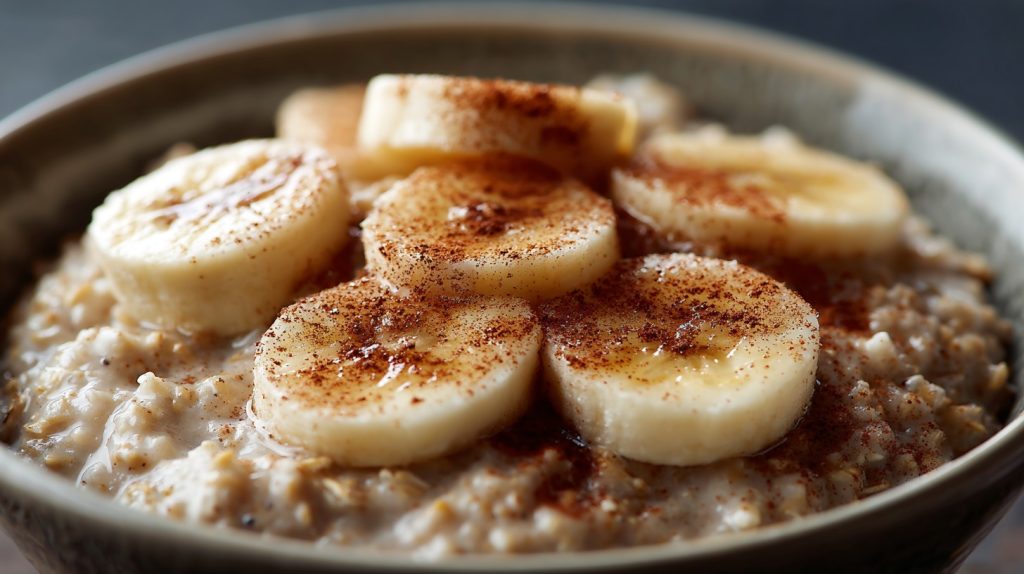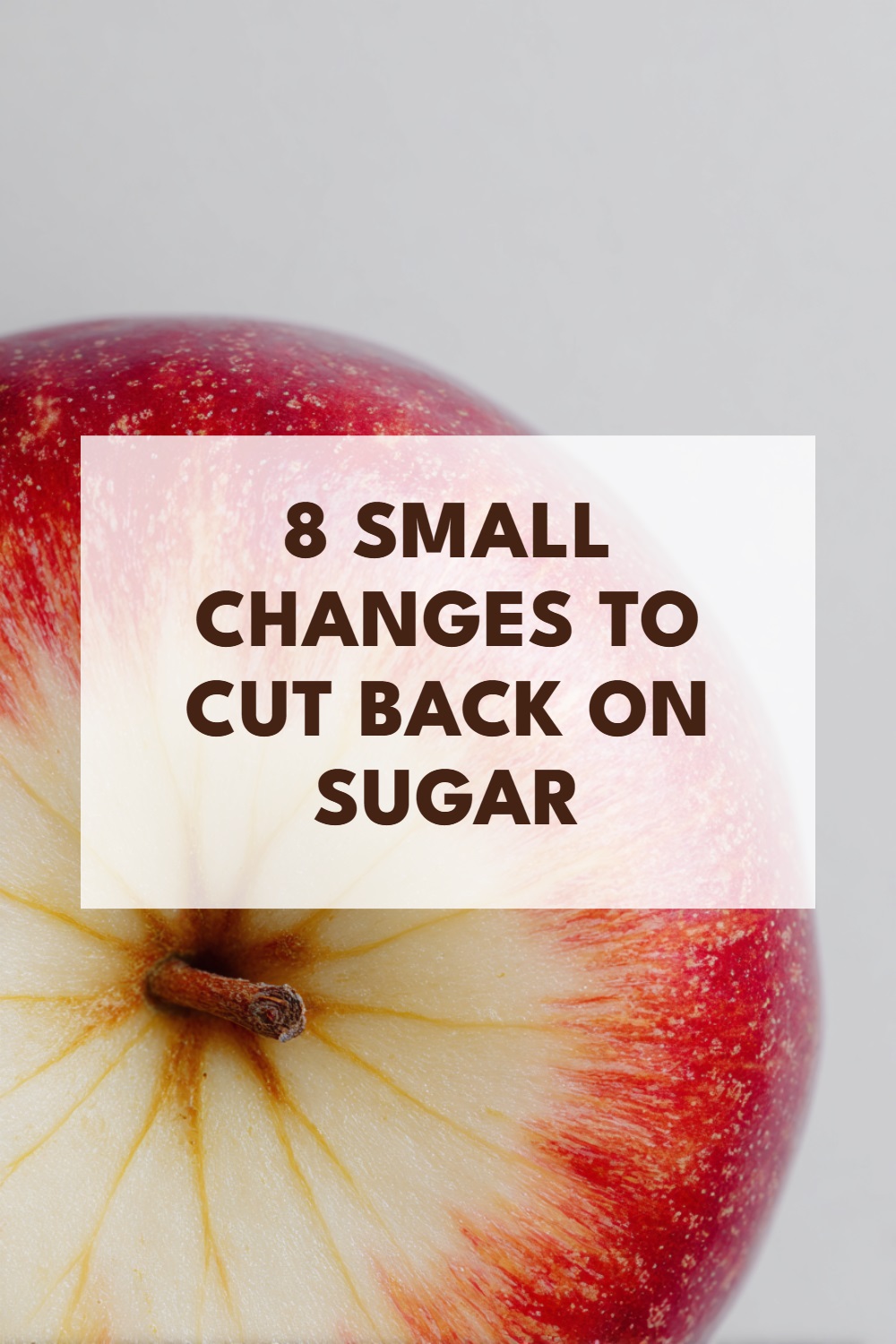If you’re trying to cut back on sugar, it’s easy to feel like you need to go all in.
No desserts. No sweeteners. No fun.
But that kind of extreme approach usually backfires. It’s hard to stick to, and it often ends in cravings, guilt, and giving up.
You don’t need to quit sugar completely to eat better.
You just need to make a few small, realistic shifts. Over time, those changes can add up to less sugar without a ton of stress.
Here are eight places you can start.
1. Eat at Regular Times
One of the biggest reasons we crave sugar is because we’re not eating enough during the day.
Skipping breakfast, grazing through lunch, or going too long without food leads to energy crashes.
And when your body is running on empty, sugar looks like the fastest fix.
It’s not about willpower. It’s about biology.
Eating consistent meals – even if they’re not perfect – helps stabilize your blood sugar and keeps cravings more manageable.
Try aiming for three meals a day, plus a snack or two if you need it.
2. Add Protein or Fat to Carbs
You don’t have to cut carbs or avoid sweets.
But pairing a carb with some protein or fat can slow things down and help you feel more satisfied.
Example:
- Add peanut butter to toast
- Pair fruit with cheese or nuts
- Eat a handful of almonds with your granola bar
- Have eggs with your toast instead of just jam
You’ll still get the taste you want, but without the crash an hour later.
3. Get Curious About Your Cravings
Instead of judging yourself when a craving shows up, pause and ask a few questions.
- Am I actually hungry?
- Am I bored, stressed, or tired?
- What kind of day have I had?
- Have I eaten enough real food today?
Cravings often have patterns. When you start noticing those patterns, you can make small adjustments that help you feel more in control.
Awareness is always more useful than guilt.
4. Make Your Meals More Satisfying
If your meals are boring, dry, or underwhelming, your brain will keep looking for something more.
That “something more” is usually sugar.
You don’t have to turn every meal into a five-star experience. But do make it satisfying enough that you’re not still hungry or disappointed when you finish.
A good rule of thumb:
- Include something with protein
- Add texture (crunchy, creamy, chewy)
- Don’t be afraid of seasoning, sauces, or fat
A meal that leaves you content leads to fewer cravings afterward.

5. Keep Better-Than-Nothing Options Nearby
It’s easy to eat sugar when it’s the only thing available.
So give yourself some better defaults.
You don’t need to prep perfect snacks or make everything from scratch. But keeping a few options around that you actually like can go a long way.
Think:
- Greek yogurt
- Fruit and nut butter
- Trail mix
- Whole grain toast
- A protein bar that doesn’t taste like cardboard
You’re not trying to eat perfectly. You’re just trying to have something decent within reach.
6. Don’t Try to Cut Sugar Completely
This part is important.
Trying to quit sugar cold turkey usually leads to more obsession, not less.
When something feels off-limits, your brain focuses on it even more. You might last a few days, then end up eating double what you would have if it hadn’t been restricted.
Instead, give yourself permission to enjoy sweet things in a way that feels balanced.
Let treats be a part of your week. Not a cheat, not a reward – just something you enjoy.
That mindset reduces the urgency and makes it easier to have a little without needing a lot.
7. Shift Your Defaults, Not Your Whole Life
You don’t need to stop buying everything you enjoy.
But you can make small swaps that lower your sugar intake without making life miserable.
Examples:
- Use a little less sugar in your coffee
- Buy plain yogurt and add fruit yourself
- Choose a cereal or granola with less added sugar
- Try slightly less sweet versions of snacks you already like
The goal is to keep the experience you enjoy while gently nudging the sugar content down.
Small tweaks. Nothing extreme.
8. Keep the Long Game in Mind
You’re not going to reduce your sugar overnight.
And that’s fine.
The goal isn’t perfection. It’s progress.
You’re building awareness. You’re learning what works for your body. You’re setting yourself up to make better choices more often – not all the time.
If you focus on that, the sugar naturally starts to take up less space in your day.
Final Thoughts
Cutting sugar doesn’t have to mean cutting joy.
You don’t need to count grams or ban desserts to make meaningful progress.
Just start with a few of these small changes. Eat more consistently. Add more balance to your meals. Keep some better options nearby.
Over time, these shifts do what diets and willpower never quite can.
They help you crave less, feel better, and build a way of eating that actually works for your life.

